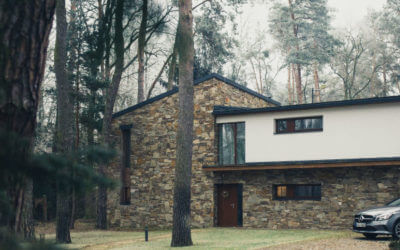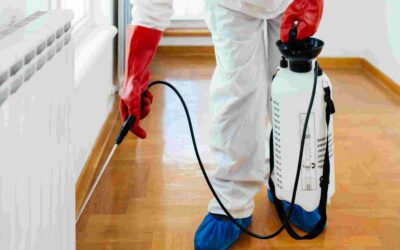
The Basics of Preventing Termite Damage
Posing a risk greater than fire, flood, and wind, termites are one of the greatest threats to wood-based structures. Learning the basics about these pests is the best way to protect one of the most valuable investments—your home.
While termite damage might not look as dramatic as fire damage, the problems it causes can be equally daunting and exceptionally expensive. According to the National Pest Management Association (NPMA), termites cost Americans more than $5 billion in damage annually.
These silent invaders can infest your home for years, hiding in your basement or attic, without any immediate signs of damage. Understanding basic termite behavior is the first step in preventing these pests from entering your home.
Termite 101
- Termites live inside wood or underneath the ground.
- Termites can slip through cracks in a home’s foundation as thin as an average business card (1/32″).
- Termites eat wood from the inside out, keeping the outside of a wood surface completely intact.
- Termites are social insects that live in colonies of up to several thousand.
While termite species vary based on region, all termites require four things to survive: food, moisture, shelter and optimal temperature. Whether your home is brick, stucco, or wood, termites can thrive in any of these environments.
Be mindful of these key warning signs of infestation:
- Wood that sounds hollow when tapped.
- Pencil-sized mud tubes on exterior walls.
- Distorted, cracked, or bubbling areas of paint on wood surfaces.
While effective pest control requires continued monitoring by a trained professional, there are some practical steps you can also take to help prevent termite damage, including:
- Sealing gaps and cracks in places like attic vents, window joints, and eaves.
- Preventing ground contact with foam insulation or wood.
- Checking decks and wooden fences for damage.
- Eliminating moisture and removing wood sources, including mulches that are close to the home.
- Keeping gutters and downspouts clean and free of debris.
More posts from West Termite, Pest & Lawn
Spring Into Action: Preventing Termite Infestations in Arkansas Homes
Termite infestations are a serious concern for homeowners in Arkansas, especially during the spring when these pests become most active. Preventing termite infestations early can save you from expensive structural damage and long-term headaches. Termites thrive in the...
Early Spring Lawn Care Tips: How to Keep Your Arkansas Yard Healthy
A healthy lawn starts in early spring. If you want lush, green grass by summer, the groundwork begins as the weather warms and the soil softens. The right early spring lawn care routine is essential for homes in Arkansas, where fluctuating temperatures and humidity...
Mosquito Season is Coming: How to Protect Your Arkansas Home This Spring
Spring is here, and with it comes mosquito season. As temperatures rise and moisture increases, mosquitoes begin to thrive across Arkansas. If you are not prepared, these presets can quickly invade your yard and turn outdoor activities into a battle against bites. The...



